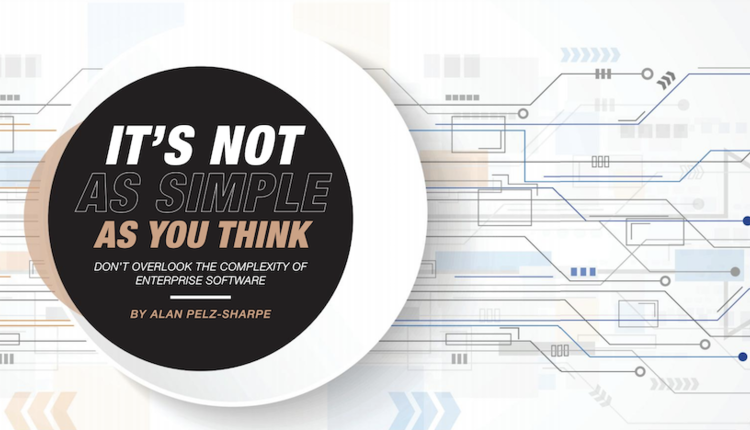![GettyImages-1211616422-[Converted] GettyImages-1211616422-[Converted]](https://cms-static.wehaacdn.com/documentmedia-com/images/GettyImages-1211616422--Converted-.2413.widea.0.jpg)
Document capture has been around for decades, but recent advances have breathed new life into this market. The ability to liberate documents from their physical form and move them into the digital realm has long yielded benefits in productivity and security while reducing costs. Recently, advances in artificial intelligence (AI) and machine learning (ML) combined with relatively mature optical character recognition (OCR) technology have made it possible to liberate not only the document but also the embedded business information required to drive business operations. We call this cognitive capture, and we believe it opens new possibilities to reimagine traditional workflows.
To be clear from the get-go, we are industry analysts who study and advise on the market, not technology vendors with a new product concept to push. Over the last couple of years, we have observed a sudden and radical shift in the capture market, one that will have repercussions for many years to come. It's not the death of traditional transactional capture (think check processing). Instead, it's the birth of new technology approaches that open up new opportunities beyond the conventional. To put it another way, we are moving from reading letters and zones on a document digitally to understanding the context and meaning of those letters and zones. That's a radical shift and one that changes everything. It started with Google, Amazon, and Azure releasing image and text capture modules in their cloud stacks. Three things rocked the boat here:
1. Once proprietary and expensive capture technology is now freely available
2. Big names jumped into the picture, raising the profile and importance of capture
3. The new offerings are far more advanced, relying on Deep Learning AI
This has meant a slew of new developers accessing and playing with these advanced cognitive capture tools and discovering new ways to use them and new market opportunities to explore. Fortunately, it is not all about industry giants, though leveraging much more powerful and modern technology, these new cloud offerings are not always suitable for traditional capture technologies. It is more about enterprises and startups the world over, seeing new opportunities to leverage modern cognitive capture and understanding text and symbols from previously impossible situations. Capturing real-time text and images in the field on mobile devices and drones. There is even an emerging market developing where capture plays a crucial role in augmented reality and conversational AI.
So much has changed from the early days of capture, a time in which there was a reliance on high-quality scanners, and on-premise proprietary software. Today, the devices we hold in our hands already have incredible optical and computing process power. We also have access to vast data sets and multiple AI capabilities, along with easy access to the Cloud. Moreover, we have the ability to not just capture, but to also understand the meaning and context of what we have captured. Enabling that data to then be automatically routed and processed. The possibilities of what can be done in this new cognitive capture world are endless.
If you are a techie, it is worth noting that we are not just talking about Deep Learning, the world of neural networks being used to advance things. There are startups already coming up with even newer, faster, more accurate and more advanced techniques. Progress in the world of capture is, in short, now happening at a rapid pace.
So what does this all mean? Well, for analysts and advisors like ourselves, it means a hectic time. We expect to see many startups and existing technology vendors acquire and be acquired. We are also discovering new use cases by the week. For us, it's a fascinating time to study the sector. It provides a fresh opportunity to rethink both existing capture requirements and explore ways to utilize capture in more business activities. Like it or not, most organizations are driven by a need to become more productive, lower costs and remain adaptive to change and growth. Cognitive capture products are components that enable radical change and intelligent automation. For technology vendors, this period of change is either a curse or a blessing; for some, it means their traditional business model's slow death. For others, it's a welcome chance to update and grow, and for yet others, it provides an opportunity to launch new businesses. We know all this for sure, but most importantly, we understand that capture is here to stay, but that it will evolve and look radically different in just a few years.




















